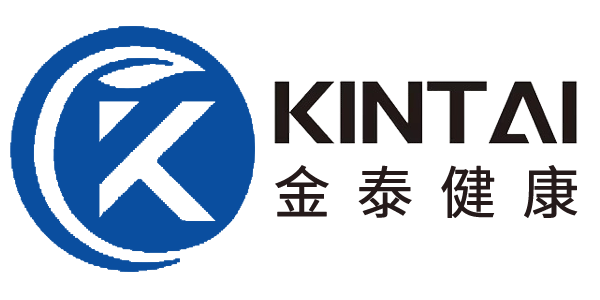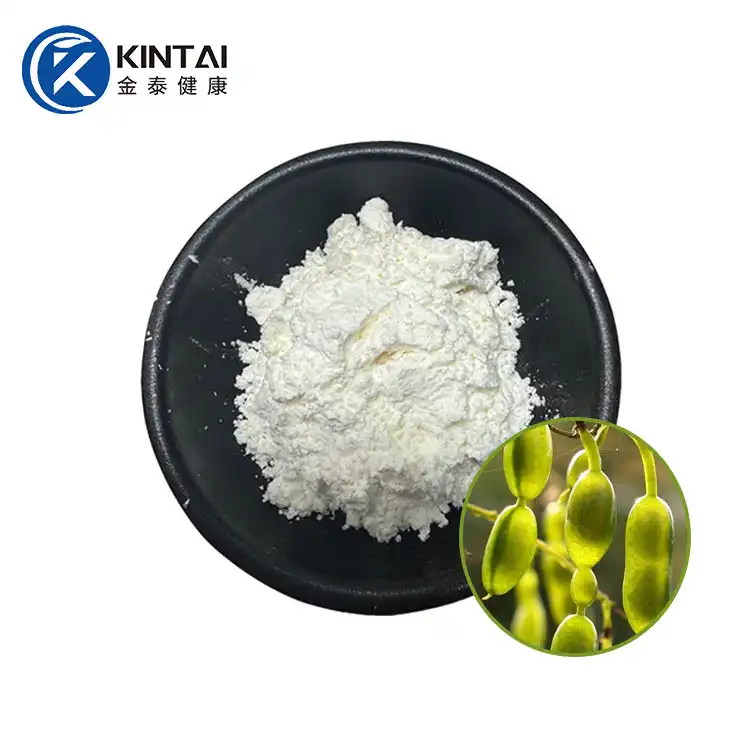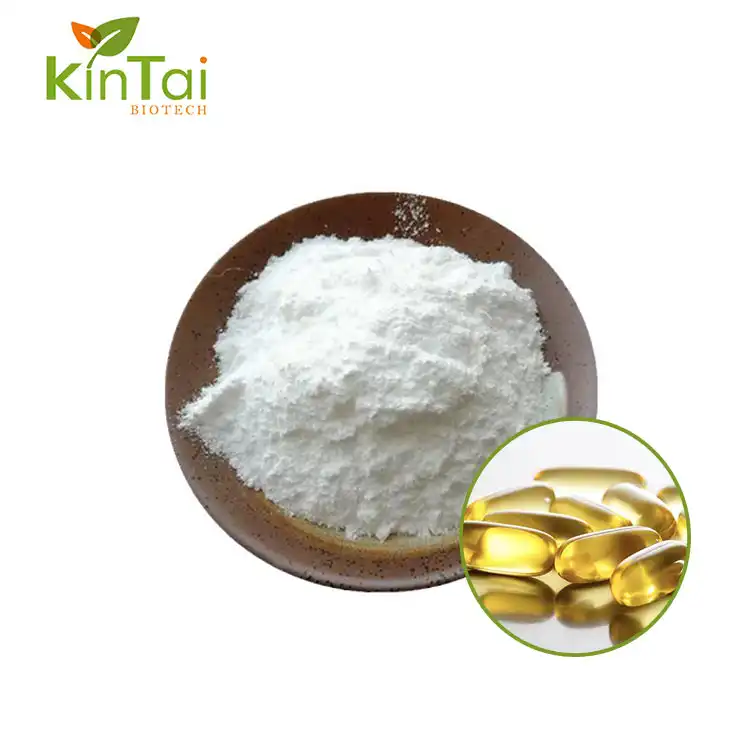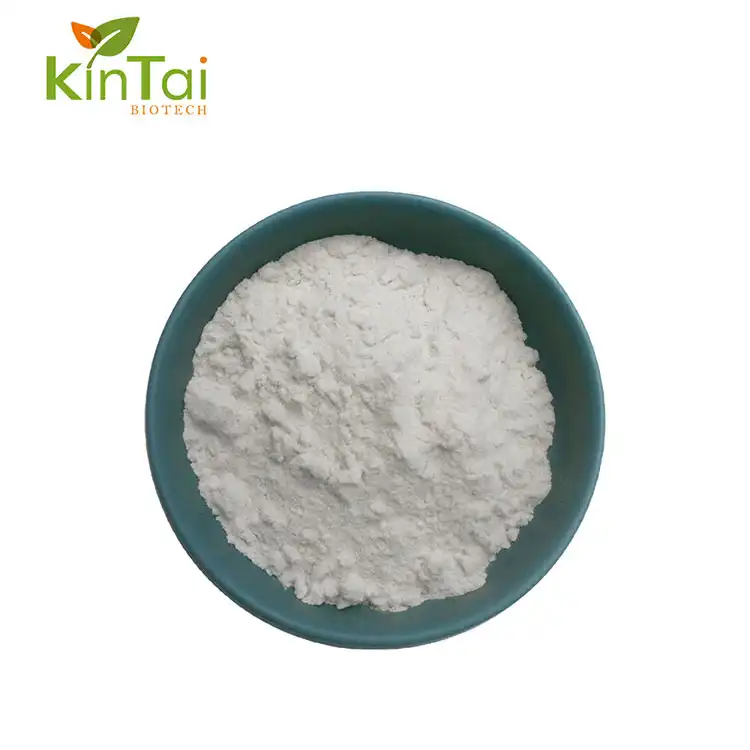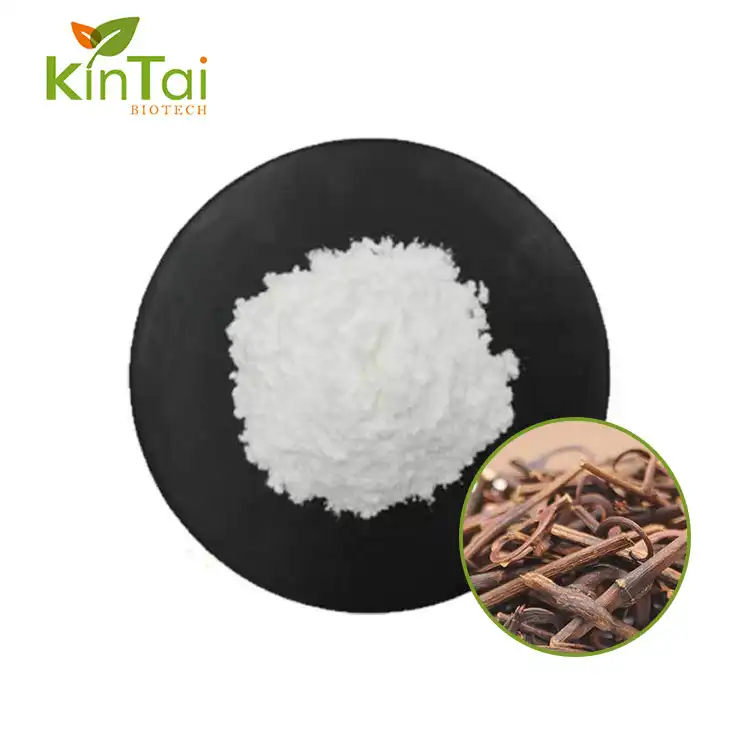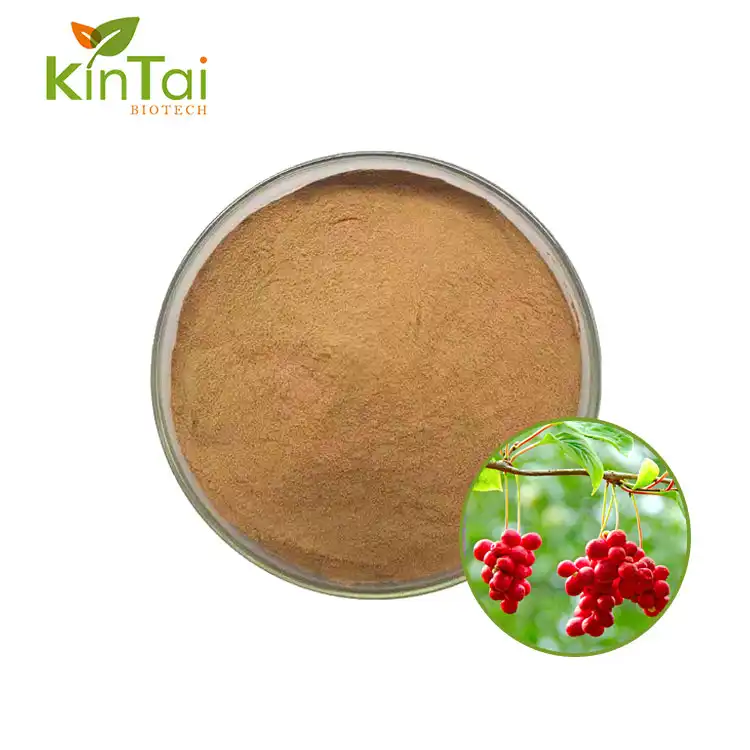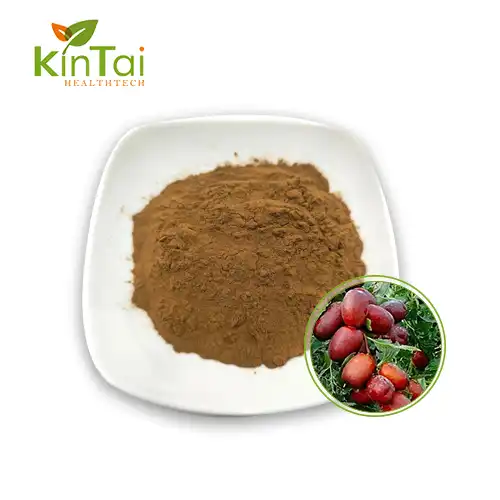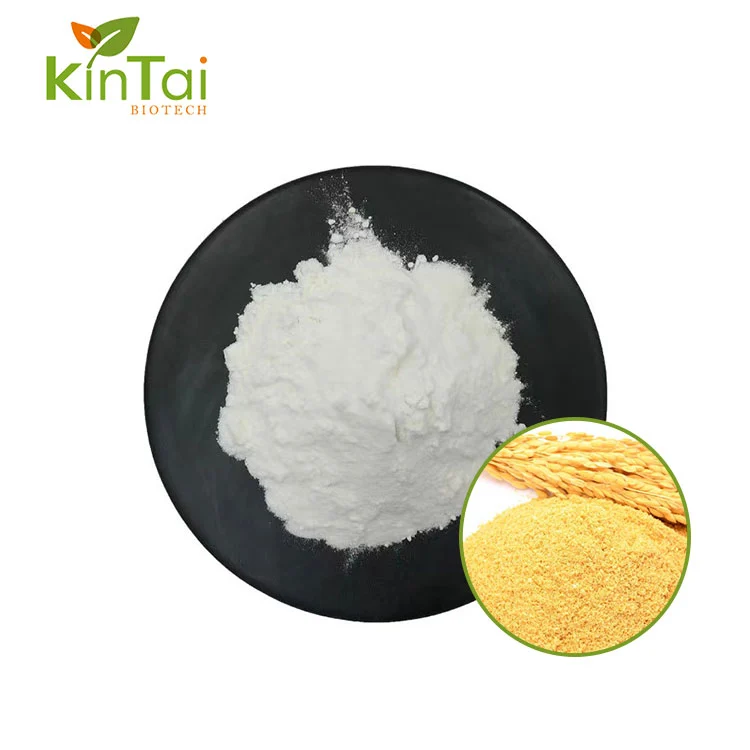What is the purity and potency of the Aconitum extract?
2024-09-26 10:08:38
What is the purity and potency of the Aconitum extract?
As a fan of normal cures, I frequently end up diving into the complexities of natural extracts. One such extract that has caught my consideration is Aconitum extract, eminent for its restorative properties. In this article, we will investigate the idea of virtue and strength concerning Aconitum extract, revealing insight into its arrangement and advantages.
What is Aconitum Extract?
It is a concentrated type of natural material got from plants of the Aconitum family, normally known as monkshood or wolfsbane. Aconitum species are lasting spices that have a place with the family Ranunculaceae and are local to sloping districts of Europe, Asia, and North America.
The extract is commonly gotten from the roots or tubers of Aconitum plants, which contain powerful bioactive mixtures known as alkaloids, including aconitine, mesaconitine, and hypaconitine. These alkaloids have been customarily utilized in different customary medication frameworks, like Conventional Chinese Medication (TCM) and Ayurveda, for their pain relieving, calming, and cardiotonic properties.
Aconitum extract is regularly utilized in home grown medication for its possible remedial advantages, including:
Relief from discomfort: It has been generally used to lighten torment related with conditions like ailment, joint pain, and neuralgia.
Calming impacts: The alkaloids present in it have shown mitigating properties, which might assist with diminishing irritation and enlarging.
Cardiotonic impacts: A few alkaloids in it have been displayed to emphatically affect heart capability, albeit these impacts can be strong and should be utilized warily.
It's critical to take note of that it contains intense poisons and can be poisonous in the event that not utilized as expected. Because of its poisonousness, Aconitum extract ought to just be utilized under the management of a certified medical services expert who is proficient about home grown medication.

Understanding Purity
Nonattendance of impurities: Immaculateness involves guaranteeing that the extract contains no destructive substances like weighty metals (e.g., lead, mercury, arsenic), pesticides, herbicides, microbial microorganisms (e.g., microorganisms, growths), or other poisonous mixtures. Impurities can emerge from different sources, remembering the dirt for which the plants are developed, natural contamination, or the extraction and assembling process itself.
Nature of unrefined components: Virtue starts with the determination of excellent plant material. The trustworthiness of the extract relies upon the nature of the herbal source and whether it's gathered, put away, and handled by great rural and assortment rehearses (GACP). Legitimate obtaining guarantees that the extract is liberated from contaminated or replacement with mediocre or possibly unsafe plant species.
Extraction strategy: The technique used to extract the bioactive mixtures from the plant material can impact the immaculateness of the extract. Preferably, extraction strategies ought to be improved to amplify the yield of wanted compounds while limiting the extraction of undesirable constituents. Strategies like dissolvable extraction, supercritical liquid extraction, or steam refining are generally utilized for home grown extracts, each with its benefits and contemplations in regards to immaculateness.
Quality control and testing: To guarantee immaculateness, trustworthy makers utilize thorough quality control estimates all through the creation cycle. This incorporates testing the unrefined components for character, virtue, and power before extraction, as well as directing extensive examination of the completed extract to affirm its arrangement and nonattendance of pollutants. Outsider testing by free research centers further approves the immaculateness and nature of the item.
Factors Affecting Purity
Plant Source and Quality: The purity of the extract is greatly influenced by the quality of the plant material used. Factors such as the species of Aconitum plants, the part of the plant used (e.g., roots, tubers), and the geographical origin can all impact the chemical composition and potential presence of contaminants. High-quality plant material obtained from reputable sources with strict quality control measures helps ensure purity.
Growing Conditions and Harvesting Practices: Environmental factors such as soil quality, climate, and cultivation practices can affect the purity of herbal extracts. Plants grown in contaminated soil or exposed to pollutants may accumulate heavy metals, pesticides, or other harmful substances. Proper cultivation techniques, including organic farming practices and adherence to Good Agricultural and Collection Practices (GACP), minimize the risk of contamination and contribute to the purity of the extract.
Extraction Method: The method used to extract bioactive compounds from the plant material plays a significant role in determining the purity of the extract. Common extraction methods for herbal extracts include solvent extraction (e.g., ethanol, methanol), supercritical fluid extraction (e.g., CO2 extraction), and steam distillation. Each method has its advantages and limitations in terms of selectivity, efficiency, and the potential for extracting unwanted constituents. Proper optimization and control of extraction parameters are essential for maximizing the yield of desired compounds while minimizing impurities.
Processing and Manufacturing Practices: The purity of the extract can be affected by the processing and manufacturing practices employed during extraction, concentration, and formulation. Factors such as temperature, pressure, solvent purity, and handling procedures can influence the stability and composition of the extract. Good Manufacturing Practices (GMP) and quality control protocols ensure that the manufacturing process maintains the purity and integrity of the extract.
Quality Assurance and Testing: Rigorous quality control measures, including testing of raw materials, in-process monitoring, and analysis of finished products, are essential for ensuring purity. Comprehensive testing for identity, potency, and the absence of contaminants (e.g., heavy metals, pesticides, microbial pathogens) verifies the quality and safety of the extract. Third-party testing by accredited laboratories provides independent verification of purity and quality.
Assessing Potency
Quantification of Key Compounds: Potency often correlates with the concentration of specific bioactive compounds in the extract. For Aconitum extract, the primary bioactive compounds of interest are alkaloids such as aconitine, mesaconitine, and hypaconitine. Analytical techniques such as high-performance liquid chromatography (HPLC) or gas chromatography-mass spectrometry (GC-MS) can be used to quantify these compounds accurately.
Standardization: Standardization involves adjusting the extract to contain a consistent level of specific markers or active ingredients. In the case of it, standardization may target a particular alkaloid or a group of alkaloids known to contribute to its therapeutic effects. This ensures that each batch of the extract delivers a consistent potency and efficacy.
Biological Assays: Potency can also be assessed through biological assays that measure the physiological response elicited by the extract. For example, in vitro assays may evaluate the extract's ability to inhibit specific enzymes or receptors associated with its pharmacological effects. In vivo studies involving animal models or clinical trials in humans can further assess the potency and efficacy of the extract.
Total Alkaloid Content: While individual alkaloids like aconitine are often targeted for quantification, the total alkaloid content of the extract can also serve as a marker of potency. Total alkaloid content provides a broader assessment of the extract's bioactivity and may reflect synergistic effects among different alkaloids present in the extract.
Bioavailability and Pharmacokinetics: Potency is not solely determined by the concentration of bioactive compounds but also by their bioavailability and pharmacokinetic properties. Factors such as the extract's formulation, delivery method, and metabolism in the body influence its potency and efficacy. Pharmacokinetic studies can help elucidate the absorption, distribution, metabolism, and elimination of key compounds in the extract.

Importance of Purity and Potency
Safety: Purity ensures that the extract is free from contaminants such as heavy metals, pesticides, and microbial pathogens. Consuming contaminated herbal extracts can pose serious health risks, including toxicity, allergic reactions, and microbial infections. Ensuring purity through rigorous quality control measures helps safeguard the safety of consumers.
Efficacy: Potency is essential for achieving the desired therapeutic effects of herbal extracts. The concentration of bioactive compounds determines the extract's efficacy in treating specific health conditions. A standardized extract with consistent potency ensures reliable and predictable outcomes, allowing users to achieve optimal results from their herbal remedies.
Consistency: Consistency in both purity and potency is key for maintaining the quality of herbal extracts over time and across different batches. Standardization ensures that each batch of the extract contains a consistent level of active ingredients, enabling users to rely on its efficacy and effects. Consistent quality also fosters trust and confidence among consumers and healthcare professionals.
Quality Assurance: Purity and potency serve as indicators of the overall quality of herbal extracts. Manufacturers who prioritize quality assurance and adhere to stringent quality control standards demonstrate their commitment to producing safe, effective, and reliable products. Quality assurance practices, including testing and certification, help verify the purity and potency of herbal extracts and assure consumers of their quality and safety.
Optimal Health Outcomes: By ensuring purity and potency, herbal extracts can deliver maximum health benefits to users. Whether used for managing pain, inflammation, or other health conditions, high-quality extracts with optimal purity and potency are more likely to produce positive therapeutic outcomes and contribute to overall well-being.
Conclusion
In conclusion, understanding the purity and potency of Aconitum extract is essential for those seeking to harness its medicinal benefits. By ensuring that you source a high-quality product from a reputable supplier, you can maximize the therapeutic effects of Aconitum extract while minimizing the risk of potential harm.If you want to learn more about titanium hex bolts, welcome to contact us:info@kintaibio.com.
